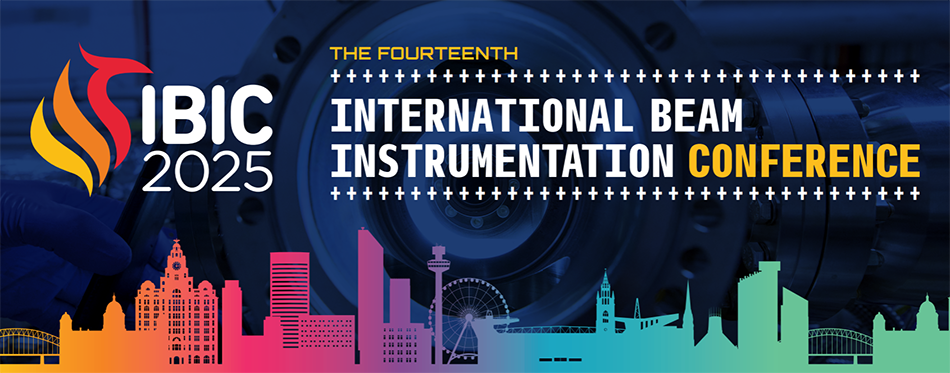Speaker
Description
Longitudinal emittance growth is a critical challenge in RF linacs. We propose a novel solution to mitigate this issue: employing temporally spaced laser pulses to selectively photo-detach electrons from the longitudinal head and tail regions of H- ion bunches. This removal is theorized to reduce particle distributions in the extreme orbits, thereby improving beam uniformity and minimizing emittance growth. Our experimental investigation used the LaserNotcher system at the front end of Fermilab's linac. The laser delivers peak powers of 1.6 MW with sub-nanosecond temporal precision. Using this system, we successfully neutralized the first and last half-nanosecond of several H- bunches, which were subsequently propagated through the linac and injected into the booster. Data on pulse width, average height, and temporal spacing over several booster cycles were measured for both the scraped and unscraped bunches. Statistical analysis was done to evaluate the significance of these results. This study aims to assess the feasibility of laser-based scraping systems in future linac designs and their potential to enable higher beam energies with improved emittance control.
Funding Agency
This work was supported by the U.S. Department of Energy under contract No. DE-SC0015628
| I have read and accept the Conference Policies | Yes |
|---|

